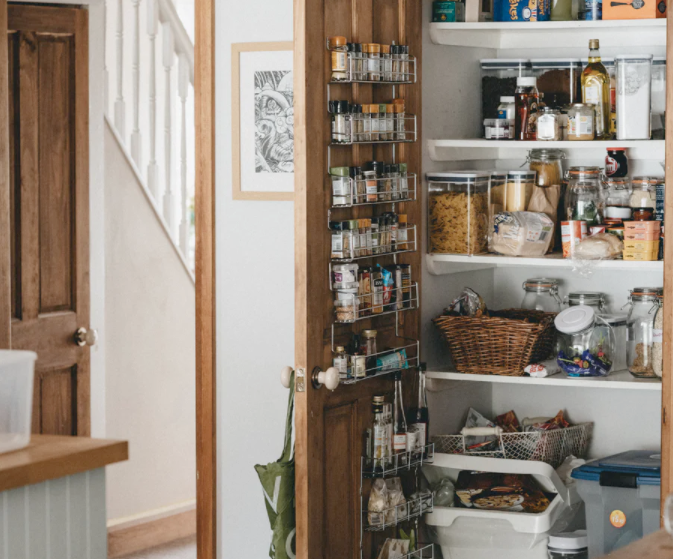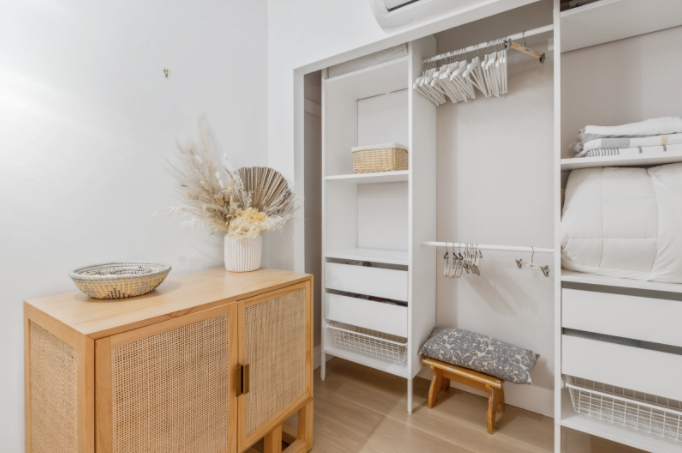Storage is always a problem in most homes, here is how to safely store your house remodeling stuff!
 Photos By: Unsplash
Photos By: Unsplash
If you’ve just gone through the arduous and rewarding process of remodeling your home, you know all too well about the inevitable problem that arises as a result. If you’ve done extensive renovations or redecorating, you know that when the work is done, you’re left with a huge pile of things that no longer have a space in your home or don’t match the new vibe you’re cultivating. The following will explore a few things that you can do to help deal with this overflow of stuff from the previous version of your home. It will focus on organization and storage options as well as a few tips on getting rid of things you know you’re not going to use again.
Comb The Remains
First and foremost, take a few days (no more than three) to comb through the remains that you have post-remodeling. Anything that you know you won’t use again and don’t feel obligated to hold onto for sentimental or expectational reasons should be removed from the pile. This new smaller pile is your donation pile. Things that aren’t worth very much to you can be worth a lot to other people. Your donations could be helping families in your area get the things they need for a price they can afford. To sweeten the deal, most charity shops take their profits and donate those to a local charity, which means your donation can have a double positive impact. Load the car and take the pile to your nearest donation center, or call around; some charities will pick stuff up at your home. There are even charities that will take the remains from your remodelings like old windows, doors, and extra flooring or wallpaper that’s leftover.
Decide What You Need To Access Occasionally
Next up, you’re going to sort through your remaining pile once more. You want to divide it into two piles. The first is items that you might need to access occasionally. This could be things like tools you use once or twice a year, wrapping paper for the holidays, or anything that’s seasonal. When you box things up for storage, you want to be sure that these are kept at the front of your closet, attic, basement, or shed. This will also help you divide up what is kept in the smaller storage options in your home and what will be kept in self-storage lockers and units if you’ll be using those. Once you have your remaining possessions sorted, it’s time to move on to the next step.

Seek Out Storage Containers
No matter where you’re going to be storing the remaining stuff (more on that below), you’re going to want to keep things safe, protected, and organized. This means that you need boxes or bags or even storage containers; feel free to get creative here depending on what you have to store and the space you have to store it. If you live somewhere where humidity, flooding, or pests like mice or moths are an issue, you’re going to want to get sealable plastic containers as these will help protect your belongings while they’re in storage. Alternatively, you can place recycle bags inside boxes and be sure to tie them tightly before closing the box; this can provide a waterproof layer.
Square or rectangular storage containers are often preferable as they can be stacked, and this can result in a lot of saved space. Be sure to label the boxes clearly and have an understanding of which containers have the heavier items within them. When you move them into storage, you’re going to want to put the heavier items on the bottom. Be sure to keep the things you need to access occasionally separate from the things that are going into more permanent storage.
Find Homes For Your Boxes
Finally, you want to begin putting your boxes away. If you have closet space, cupboard space, a shed, an attic, or a basement, you want to fill these spaces first, making sure to keep the items you might need to access easier to reach. If you find you don’t have enough space in your home, you can begin seeking external storage options. This might include building a shed or seeking out self-storage businesses. You might also take this time to seek out shelving or other storage assistance options for your storage spaces.
The above tips should have helped you safely and securely store all the remaining possessions you have after a big remodeling project. It’s okay if you feel the need to rearrange the storage setup if you realize you need access to things you weren’t expecting. The goal is to create a system that works for you and your needs.




